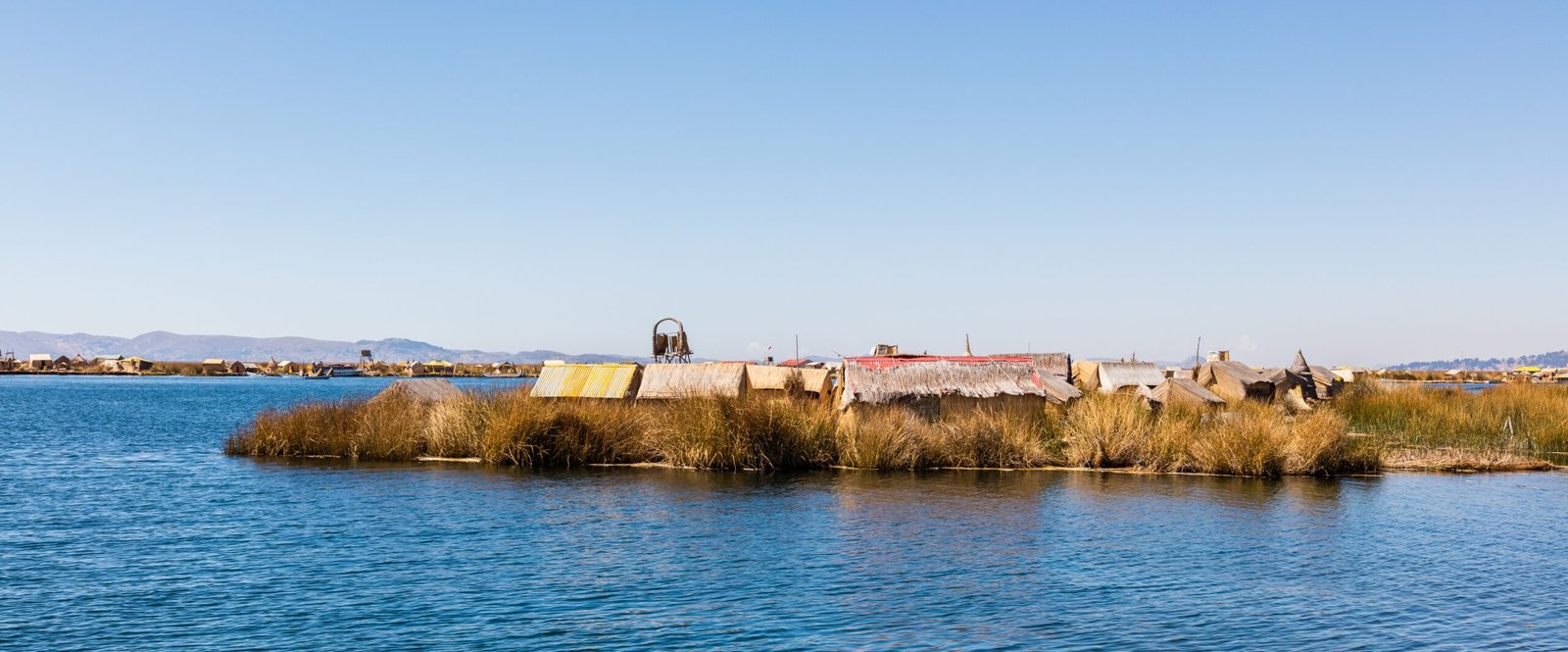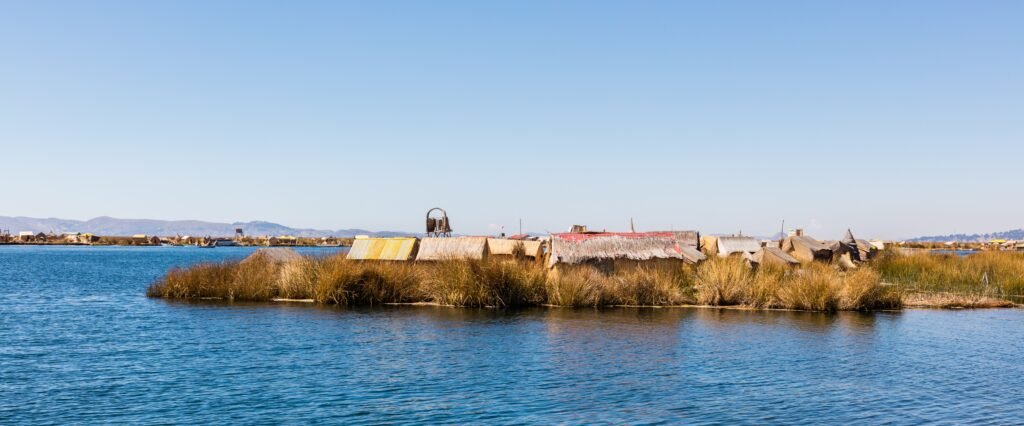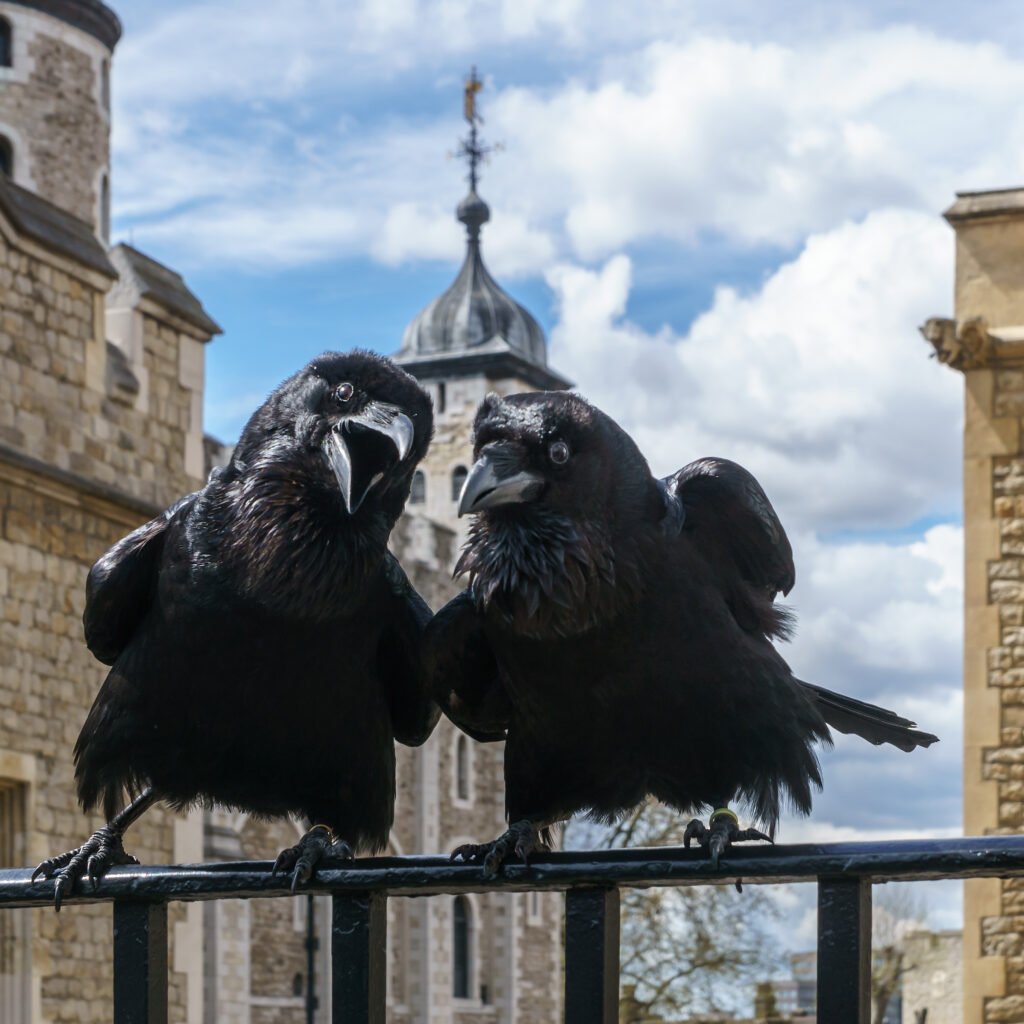Imagine a city afloat, bobbing gently on the serene waters of Lake Titicaca, where history and culture are interwoven in a tapestry as vibrant as the traditional garments of its inhabitants. This isn’t a scene from a fantasy novel; it’s a real-life marvel crafted by the Uros people. The floating islands of Lake Titicaca are a testament to human ingenuity and resilience, showcasing how an ancient culture carved out a unique existence on water. So, how exactly did these islands come to be, and what secrets do they hold?
The Birth of the Floating Islands

The floating islands of Lake Titicaca have their origins in the resourcefulness of the Uros people, who sought refuge from aggressive neighbors. Constructed from totora reeds, a plant abundant in the lake, these islands are a masterpiece of ancient engineering. The reeds are woven tightly into dense layers, forming a buoyant base that supports the weight of entire communities. The creation of these islands was not just a survival tactic but a profound cultural expression, blending necessity with tradition. Over time, the Uros developed an intricate knowledge of their environment, allowing them to thrive where others might struggle.
The Role of Totora Reeds
Totora reeds are the lifeline of the Uros, serving multiple purposes beyond island construction. These versatile plants are used to build homes, boats, and even crafts for trade. The reeds are harvested, dried, and woven into various structures, demonstrating the Uros’ deep understanding of sustainable living. The constant need to replenish the reeds also ensures that the islands remain afloat, as the lower layers gradually decompose. This cycle of renewal is symbolic of the Uros’ harmonious relationship with nature, a balance that has sustained them for generations.
A Unique Lifestyle on Water

Life on the floating islands is a blend of simplicity and tradition, where modernity meets ancient customs. The Uros maintain their cultural heritage through traditional clothing, music, and festivals, celebrating their identity amidst the challenges of a changing world. Fishing and bird hunting are primary means of subsistence, while tourism has become an important economic activity. Despite the influx of visitors, the Uros have managed to preserve their way of life, welcoming outsiders with warmth and hospitality. Living on water demands adaptability, a trait that the Uros have embraced wholeheartedly.
The Construction Process

Building a floating island is an art passed down through generations, requiring skill and precision. The process begins with the careful selection of totora reeds, which are then bundled into thick layers. These layers are anchored to the lakebed using eucalyptus poles, providing stability. The top layer is replaced regularly to maintain buoyancy and comfort, a task that involves the entire community. This communal effort fosters a strong sense of belonging among the Uros, reinforcing the social fabric that holds their society together.
Challenges of Modernization

As the world around them evolves, the Uros face the challenge of balancing tradition with progress. While tourism has brought economic benefits, it has also introduced new pressures and expectations. The influx of technology and modern conveniences threatens to erode traditional practices, prompting a delicate negotiation between past and present. The Uros are keenly aware of these dynamics, striving to protect their cultural legacy while embracing beneficial changes. This balancing act reflects a broader struggle faced by indigenous communities worldwide.
The Role of Tourism

Tourism has become a double-edged sword for the Uros, offering both opportunities and challenges. Visitors are drawn to the islands by their unique culture and stunning scenery, providing a vital source of income. However, the presence of outsiders can also disrupt traditional ways of life, leading to cultural commodification. The Uros have responded by taking control of the tourism industry, ensuring that it benefits their community while preserving their heritage. This proactive approach underscores their resilience and adaptability in the face of external influences.
Environmental Concerns
The delicate ecosystem of Lake Titicaca is not immune to environmental threats, posing a risk to the Uros’ way of life. Pollution, climate change, and overfishing are pressing issues that require urgent attention. The Uros have been proactive in addressing these challenges, advocating for sustainable practices and environmental stewardship. Their intimate connection with the lake gives them a unique perspective on conservation, highlighting the importance of indigenous knowledge in tackling global ecological crises.
Cultural Significance

The floating islands are more than just a physical structure; they are a living symbol of cultural resilience. The Uros’ ability to adapt and innovate in the face of adversity is a testament to the strength of their heritage. The islands serve as a reminder of the power of community and the potential for human creativity to overcome obstacles. By preserving their traditions, the Uros offer a glimpse into a world where culture and nature coexist in harmony, inspiring others to cherish and protect their own cultural treasures.
Scientific Insights

The floating islands offer valuable insights into sustainable living and resource management. Researchers are intrigued by the Uros’ use of natural materials and their minimal environmental impact. The islands serve as a model for innovative solutions to modern challenges, such as rising sea levels and habitat loss. By studying the Uros’ practices, scientists can gain a deeper understanding of sustainable development and the potential for human adaptation in the face of environmental change. The floating islands stand as a testament to the ingenuity of ancient cultures and their relevance in today’s world.
The Future of the Floating Islands

The future of the floating islands depends on the Uros’ ability to navigate the complexities of a rapidly changing world. Their resilience and adaptability will be crucial in preserving their unique way of life. As stewards of their cultural heritage, the Uros are committed to maintaining their traditions while embracing positive change. The floating islands are a living testament to the enduring spirit of the Uros, a beacon of hope and inspiration for future generations. The story of the Uros is a reminder that, even in the face of uncertainty, the human spirit can find ways to endure and thrive.
In the end, the floating islands of Lake Titicaca are a remarkable testament to human ingenuity and adaptability. They stand as a vibrant reminder of the Uros’ rich cultural heritage and their enduring connection to the natural world. As we reflect on their story, we are left to ponder: In what ways can we draw inspiration from the Uros to face our own challenges?




